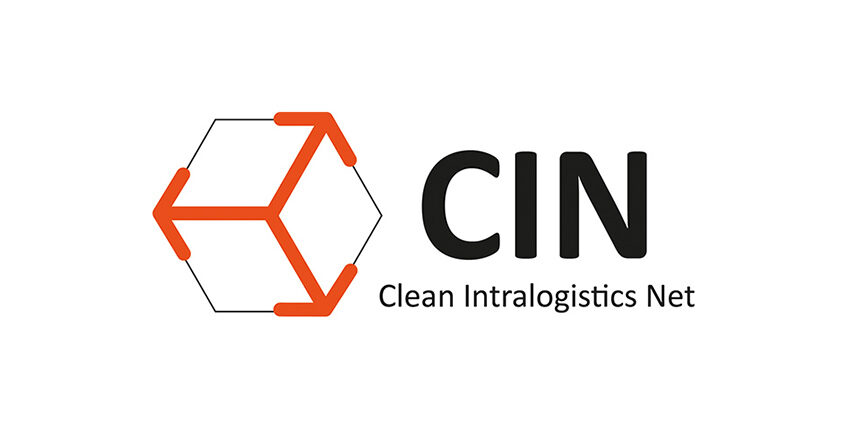Commissioned by Clean Intralogistics Net (CIN), greecon Consulting and NOVA Ing GmbH have analysed existing hydrogen applications in Europe and are preparing a recommendation for the standardisation of hydrogen infrastructure for intralogistics applications. A decisive factor for further market ramp-up of industrial trucks and infrastructure is their interoperability across models and manufacturers. Now the results of the study will be integrated into the international standardisation process.
Thanks to fast refuelling of between two to three minutes, a single operational H2 pump can be enough to supply hydrogen to up to 100 industrial trucks daily, provided it can be used by all intralogistics vehicle on the premises. That is why it is essential that industrial trucks and infrastructure are interoperable across models and manufacturers for the purposes of further market ramp-up.
Commissioned by CIN, the study was conducted under the leadership of greecon CONSULTING, a company specialising in sustainable intralogistics consultancy, with the support of NOVA Ing GmbH, an engineering service provider for planning energy generation and distribution facilities. The study is based on a detailed analysis of existing hydrogen applications in Europe as well as interviews with leading manufacturers.
The study found that although 350-bar refuelling for intralogistics applications is established, other interfaces such as equipotential bonding, water extraction and above all the communication interface are not yet standardized. This leads to increased planning effort and unnecessary new installation costs.
The study shows how compatibility and user-friendliness of the interfaces for H2 refuelling of different vehicles can be standardised. The study particularly focusses on the possible design of a more user-friendly wireless and bidirectional communication interface. The objective is to increase the efficiency and safety of H2 refuelling for intralogistics applications.
The study was funded under the ‘National Innovation Programme for Hydrogen and Fuel Cell Technology’ with a total of 25,000 euros by the Federal Ministry for Digital and Transport (BMDV). The funding guideline is coordinated by NOW GmbH.
The results of the CIN study will be incorporated into the international standardisation process. If H2 trucks are also used at logistics locations in future, then a cross-application use of the H2 infrastructure could also be practical for companies.
About Clean Intralogistics Net (CIN)
Clean Intralogistics Net was founded in 2016 by eight companies in order to sustainably advance the use of fuel cell technology in the logistics sector. Now there are twelve globally active partners in CIN. NOW GmbH is the initiator of the network.
Source of original release: www.cleanintralogistics.net


